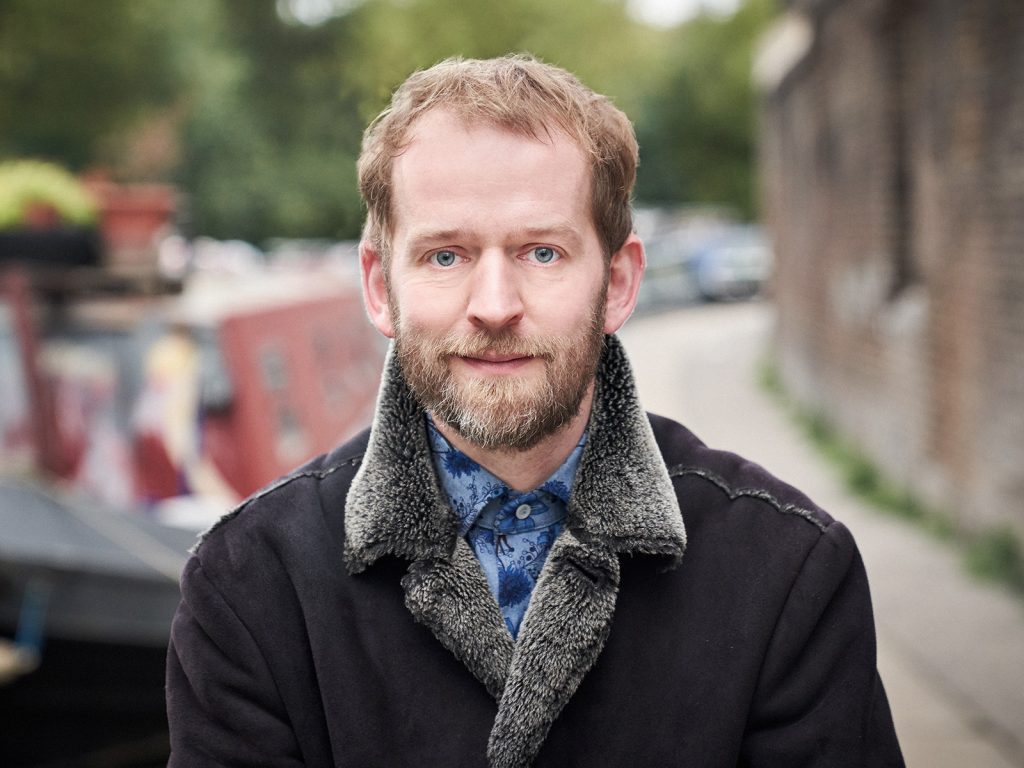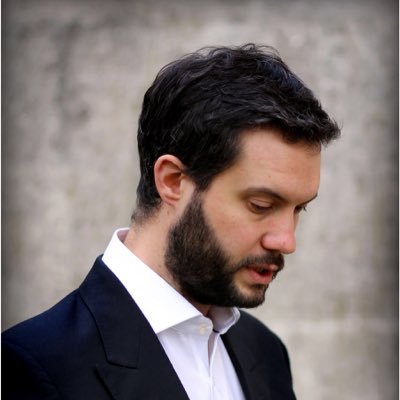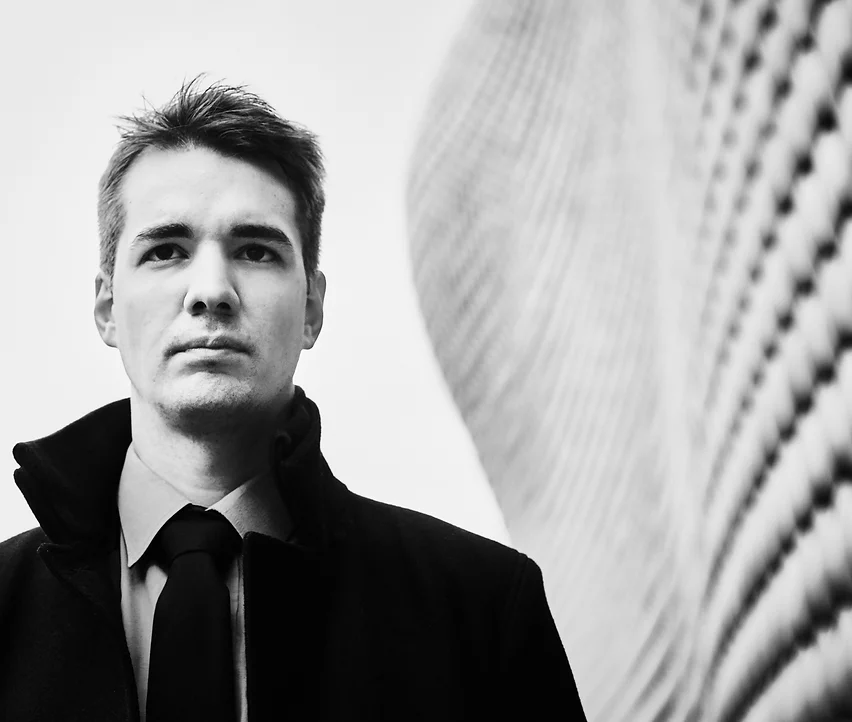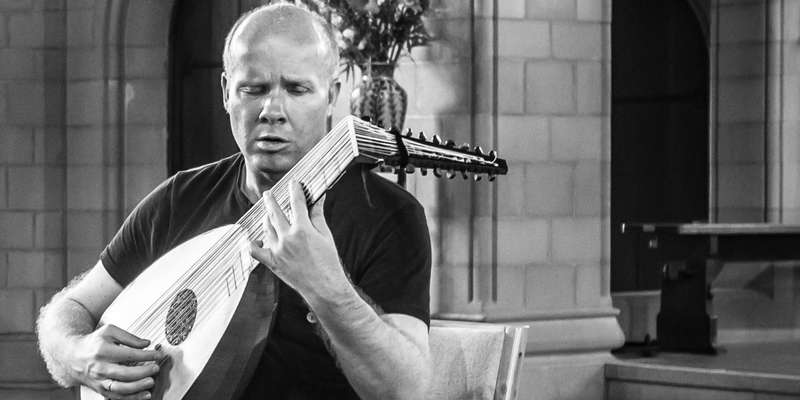
Day 1 of York Chamber Music Festival, St Saviourgate Unitarian Chapel and National Centre for Early Music, York, September 16
WITH five concerts packed into three days, the festival opened on Friday lunchtime with founder, artistic director and cellist Tim Lowe partnered by pianist Alasdair Beatson, in the welcoming acoustic of the St Saviourgate Unitarian Chapel. Cello sonatas by Beethoven and Richard Strauss framed three sketches by Ernest Bloch.
Although his Op 102 No 1 in C major is theoretically speaking in five sections, Beethoven’s Fourth Cello Sonata is built entirely on four small motifs that occur in its opening two bars, heard on unaccompanied cello, a masterpiece of imaginative development. It should be played without a break, the single bar of pause at the end of the first Allegro vivace being integral to the whole.
It opened wistfully here, with tender dialogue, but Lowe brought a fiery approach to that first Allegro and Beatson was quick to reinforce it. There was a persistent restlessness, with an underlying anger in its staccato passages. Lowe did take a break after this, but only the one.
There was a brief calm in the Adagio, before a reminder of the opening. Then we were catapulted into a bouncy, cheerful finale, with crackerjack interjections stoking up the tension towards an emphatic ending. It all benefited immensely from the duo’s clear-sighted view of the terrain.
The three pieces which make up Bloch’s From Jewish Life (1924) made a pleasing palate-cleanser before the second main course. Predominantly in minor keys, they evoke the composer’s passion for his heritage. ‘Jewish Song’ came across as a lament here, while ‘Supplication’ was darker and more urgent. The closing ‘Prayer’ had major-key glints among the minor chords and ended on the dominant – what the Americans call a half-close – and offered hope, if with a question mark.
So to Richard Strauss, whose only Cello Sonata was completed in 1883 while he was still a teenager. There was excellent dialogue here at the start, even if it sounded as if it had come from the pen of Mendelssohn at first and then Schumann.
The acceleration in the coda was finely handled. The Andante had the feel of a funeral march, with long yearning lines; it ended with two pizzicato chords that really struck home. The finale came as an antidote, cheery and highly rhythmic, with one descending theme that reappeared in various guises. Lowe and Beatson make a good team, well matched.
The evening, at the National Centre for Early Music, featured a Haydn string quartet, a Sibelius string trio movement and a Brahms string sextet. Jonathan Stone took the leader’s chair for Haydn’s Op 76 No 2 in D minor (‘Fifths’) and brought to the opening movement a fieriness that sounded like a hangover from the Sturm und Drang (storm and stress) movement of the 1770s. It was all the better for that.
His passagework as the decorations of the Andante developed was finely judged. The pianissimo in the trio amid the crudity of the Witches’ Minuet in canon made a nice touch. Haydn’s markings in the folk-influenced finale were obeyed to the letter. This was Haydn played straight, unfussy, direct and extremely neat.
The Lento from Sibelius’s unfinished String Trio in G minor is a lot more effective than its title might suggest. It was given a passionate, strongly accented reading by Tristan Gurney, Scott Dickinson and Marie Bitlloch, violin, viola and cello respectively. Its intensity rarely slackened, putting it on a par with Barber’s Adagio in that respect. Even when it turned to the major key it was hardly calmer – except at the very end where the chording was detached and very quiet.
Dickinson played Huw Watkins’s Absence eloquently after the interval, a brief reminder of what we are mourning. Then all the strings gathered for this festival launched into Brahms’s First Sextet, Op 18 in B flat. The opening was as burnished and autumnal as one could possibly wish, reaching a peak with the beautiful enunciation of its second theme by Bitlloch, here playing first cello.
The pizzicato in the coda was especially fine. The lower voices were to the fore in the ground-bass Andante, a throw-back to earlier times typical of the composer. As if in homage, the top four voices played with virtually no vibrato, sounding like viols.
The second half of the sextet was not quite so persuasive. The scherzo’s tempo was brisk enough and it moved smoothly into the trio. There was plenty of bonhomie, too, in the Rondo, even if its bursts of energy sounded a little routine. It was all tastefully done, however, and one had to marvel at how closely these musicians interacted.
Review by Martin Dreyer

REVIEW: Martin Dreyer’s verdict on York Chamber Music Festival, Day Two
Day Two of York Chamber Music Festival, St Saviourgate Unitarian Chapel and Sir Jack Lyons Concert Hall, University of York, September 17
THE second day focused around Alasdair Beatson, a pianist at the top of his game. His satisfying solo recital at lunchtime in the Unitarian Chapel drew on lighter works by Schubert, Ravel and Schumann.
Schubert wrote dances copiously for Viennese society and foremost among his over 130 waltzes are the Valses Nobles and the Valses Sentimentales (his own French titles). They are charmingly distinct and larded with cheery tunes.
In the first-named set, D.969 (1827), Beatson was brisk and bubbly in turn, taking care to accent the second beat when what we really had was a mazurka. Notable among them was
the high-lying No 4, which twinkled star-like, and a majestic No 9 in A minor. All that was lacking was that final touch of Viennoiserie.
Ravel avowedly based his own Valses Nobles et Sentimentales (1911) around Schubert’s models. They emerged with unexpected clarity, despite occasional fierce cross-rhythms and the busy fin de siècle atmosphere of No 4, which seemed to presage La Valse in its piano duet version. Beatson toned down opportunities for rubato.
Faschingsschwank Aus Wien (Carnival Jest From Vienna) was the ripest fruit to emerge from Schumann’s winter in that city (1838-9). He described it as a romantic showpiece, but it is essentially a fantasia in five unbroken movements. Beatson opened with immense panache, but found a touching lightness for the minor-key Romance that follows.
He smoothly negotiated the Scherzino’s witty key-changes and made an extended song of the succeeding Intermezzo.
The finale, which Schumann added after his return to Leipzig, is marked vivacissimo and is a serious test of any player’s virtuosity. But it proved no hurdle for Beatson’s lithe technique.
He was back less than six hours later at the Lyons Concert Hall, this time in a supporting role. Solo pianists rarely make equally good accompanists; Beatson is the exception that proves the rule. He was unfailingly witty and alert in piano quartets by Beethoven and Dvořák, which followed a string sextet by Boccherini.
There was more than a hint of menace in the slow opening of Beethoven’s E flat quartet, Op 16, itself a transcription from a quintet for piano and winds, its piano part unaltered. But it was quickly dispelled in the Allegro.
A sense of mystery briefly returned in the development section. But good humour returned in the coda, not least when Beethoven seemed to take a ‘wrong turn’. Beatson milked
the ensuing break – a potential cadenza – for a fraction longer than marked. It was hilarious.
The two minor-key episodes in the slow rondo were soulful indeed, before a quietly meditative coda. Beatson was the epitome of delicacy here. The final rondo was a romp with a touch of hunting-field drama at its centre.
Dvorak’s Second Piano Quartet, Op 87 in E flat, is a supremely confident work. With Jonathan Stone’s violin leading the way, the Allegro’s development section became highly theatrical, presaging a huge climax just before the end.
Tim Lowe’s moving cello set the tone at the start of the slow movement, Stone emulating him in the minor section. Sarah-Jane Bradley’s watchful viola provided the harmonic
meat in the sandwich.
Encouraged by Beatson’s impish piano, the waltz that followed was close to flippant, smiles on all the players’ faces, until the finale’s jollity took us into the heart of Bohemia (where
it was written).
Boccherini was the father of the string sextet, but is rarely appreciated as such, so it was salutary to hear his Op 23 No 5 in F minor at the start of the evening. Tristan Gurney was in the leader’s chair here and duetted charmingly with his violin colleague Jonathan Stone in an opening movement that was light and lively, even if the cello roles at this point were mainly perfunctory. There was plenty of rhythmic interest in the minuet.
Pathos only really arrived with the mournful Grave assai, which was surprisingly
chromatic. Constantly shifting groupings in the finale revealed the composer at his best and were smoothly negotiated. It was a neat historical sidelight. But the day had been Beatson’s.
Review by Martin Dreyer



